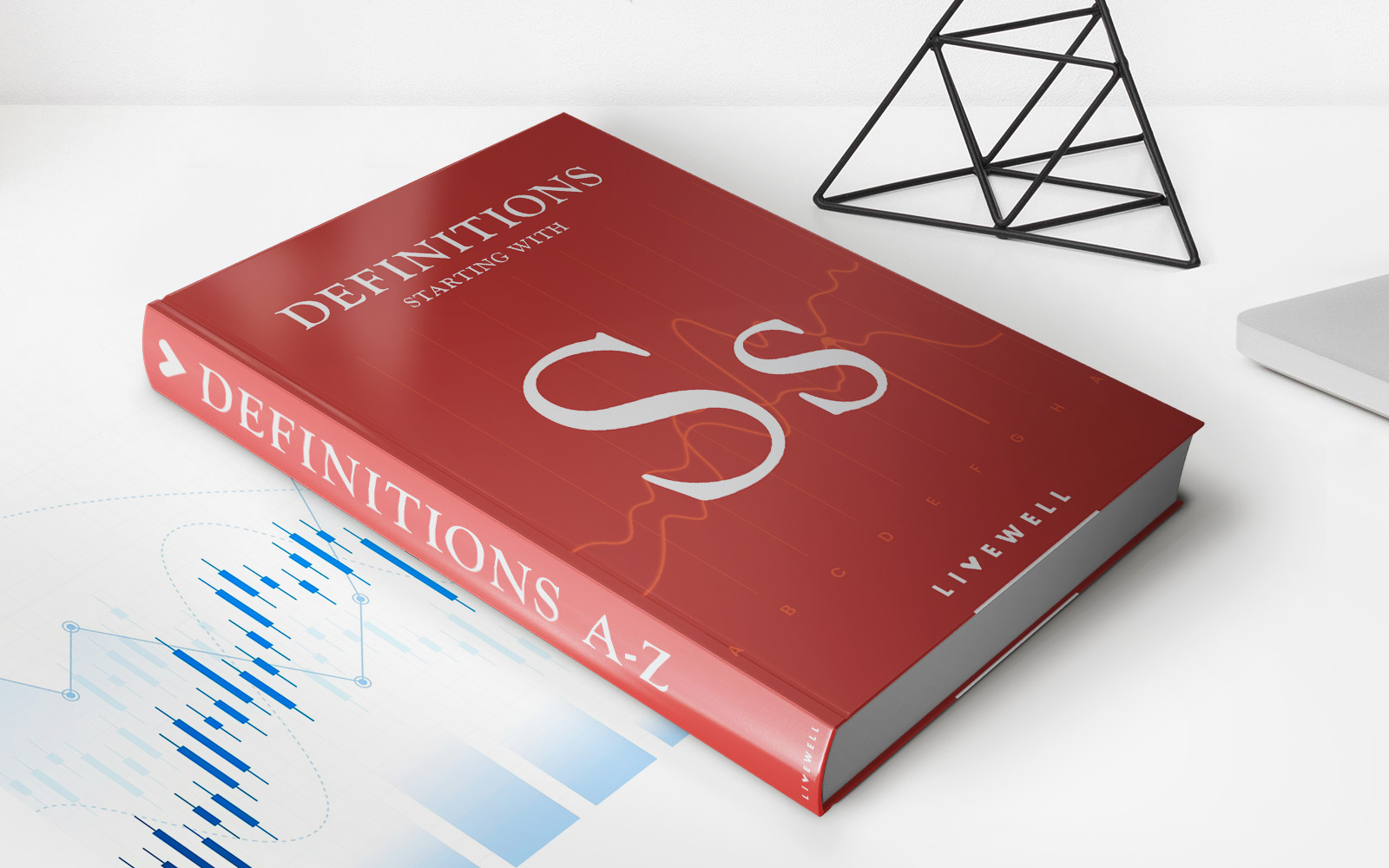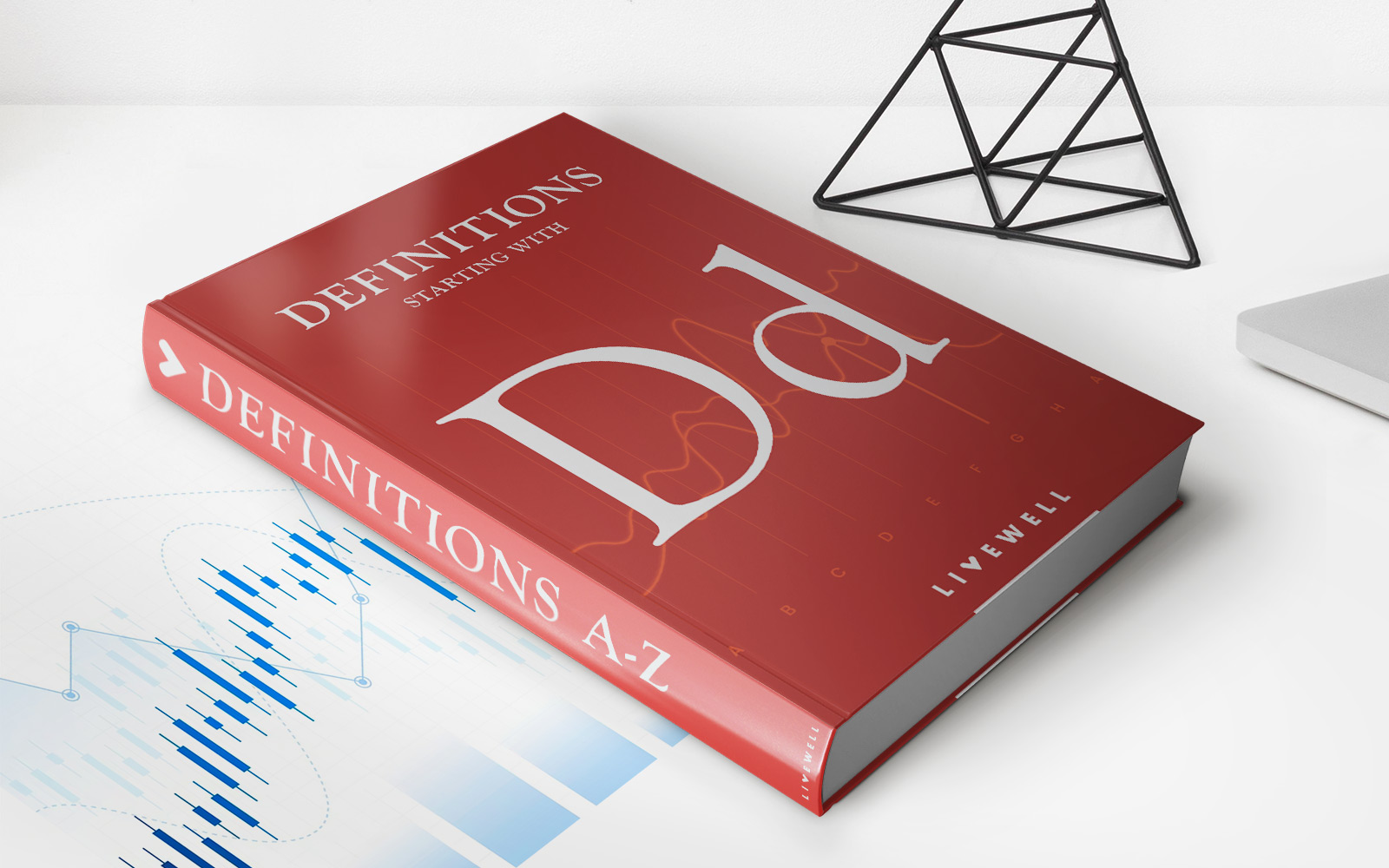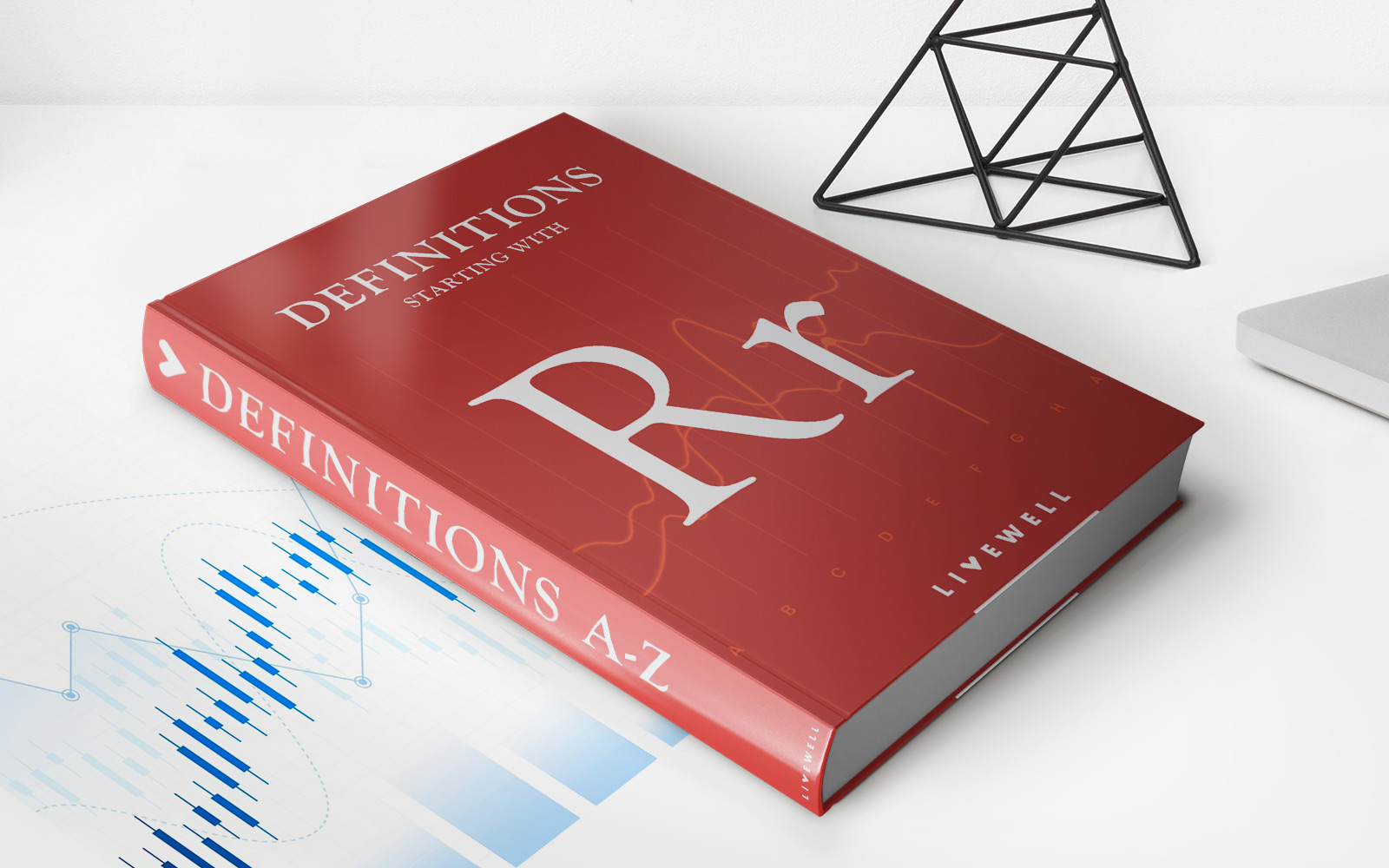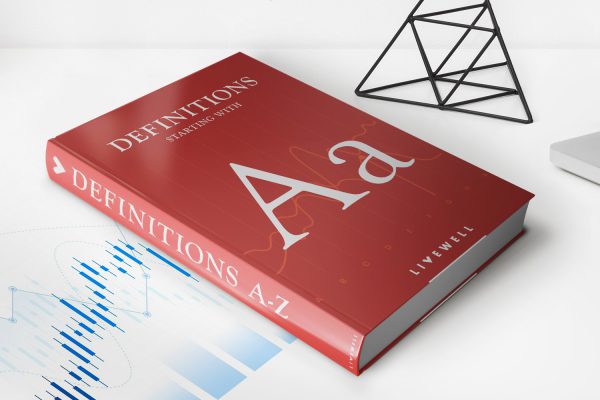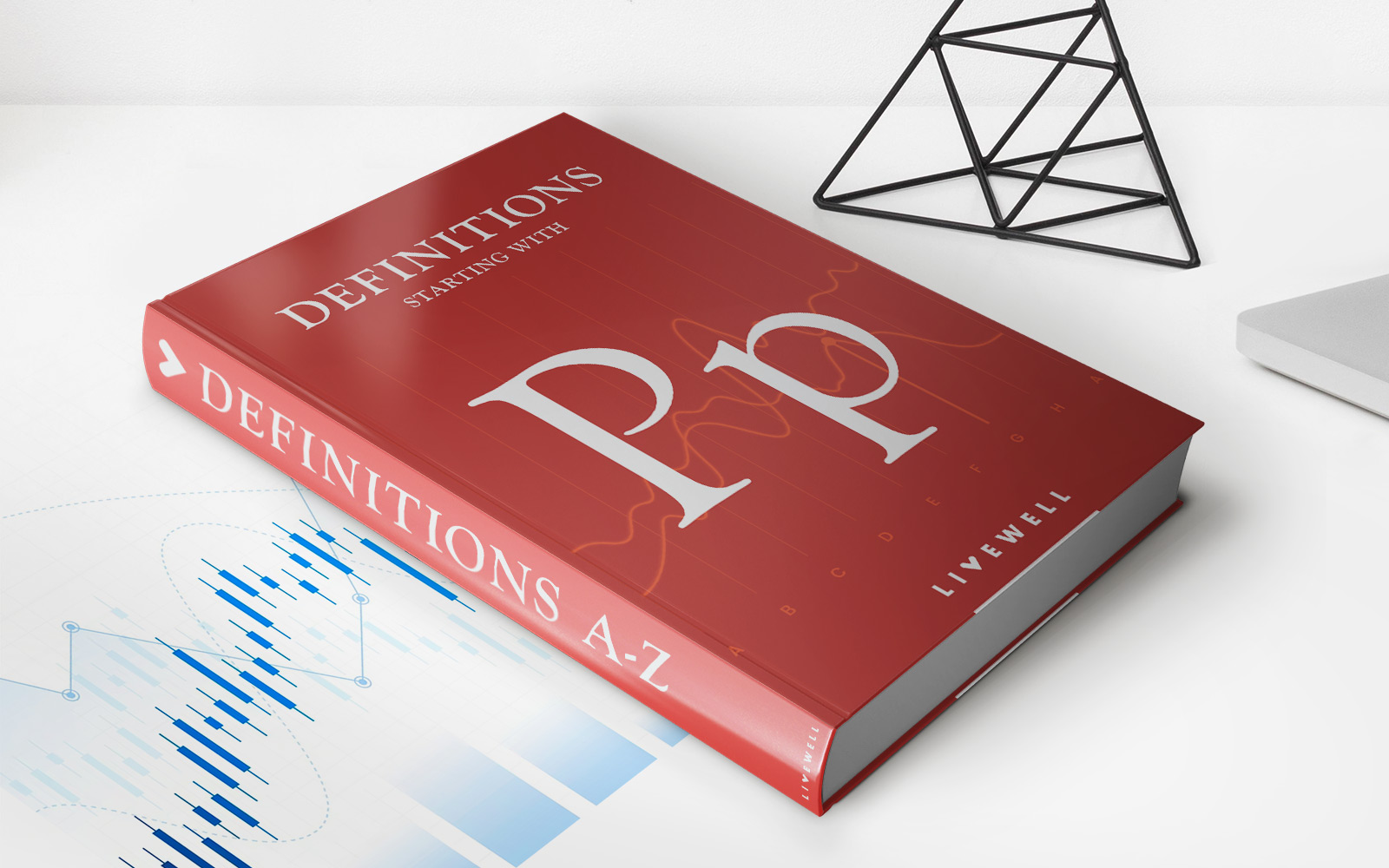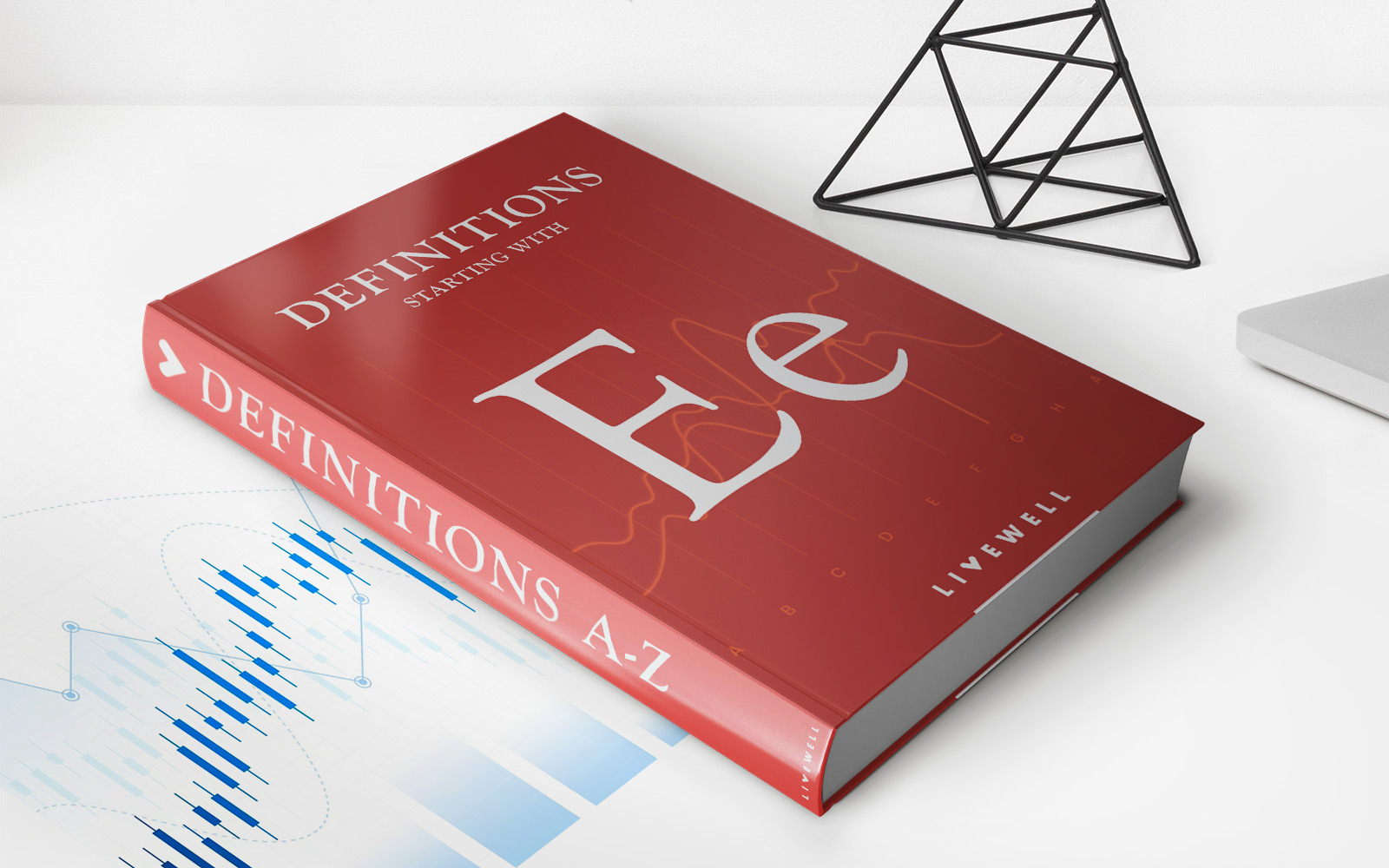Home>Finance>Volcker Rule: Definition, Purpose, How It Works, And Criticism
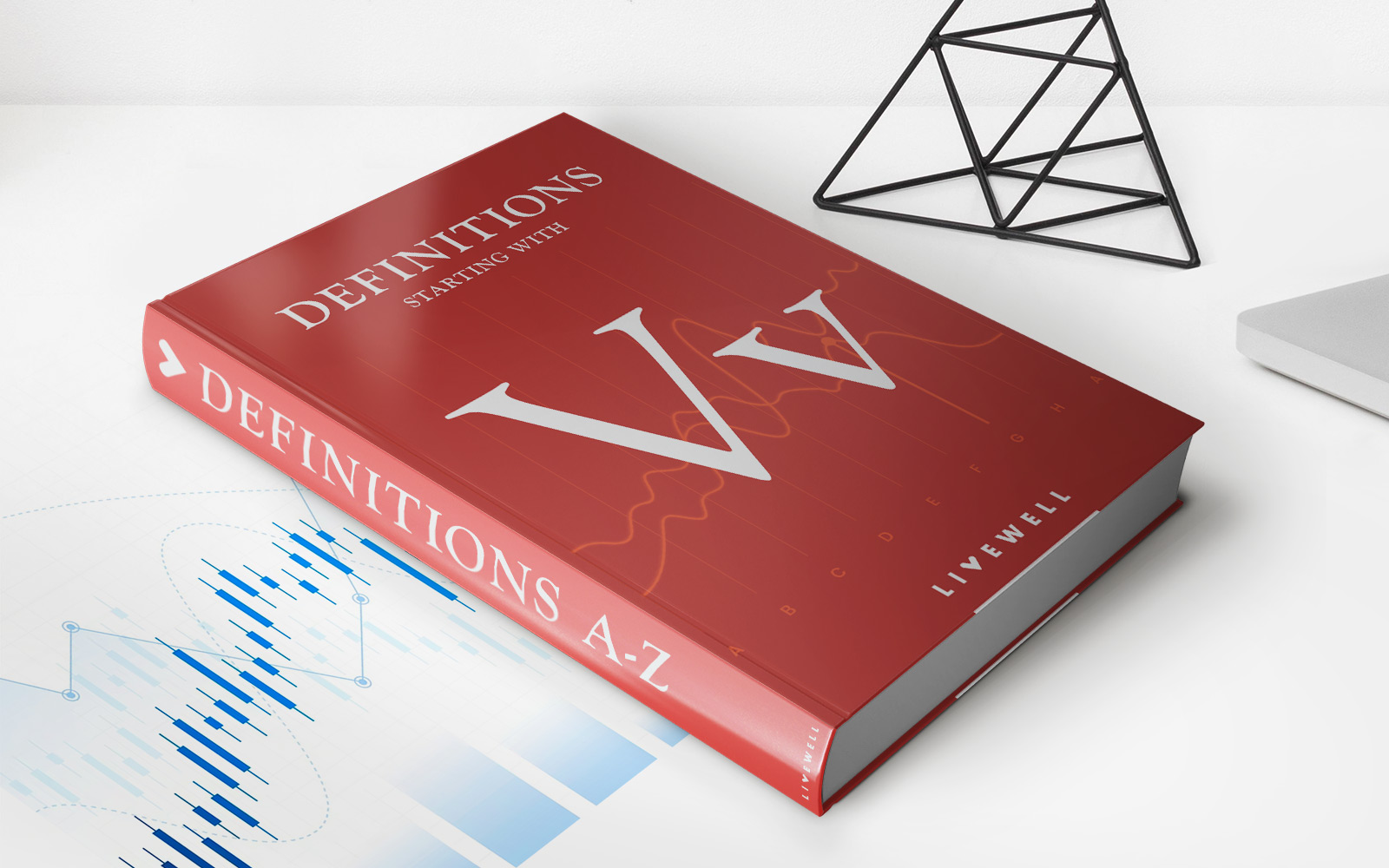

Finance
Volcker Rule: Definition, Purpose, How It Works, And Criticism
Published: February 16, 2024
Learn about the Volcker Rule, its definition, purpose, and how it works in the realm of finance. Discover the criticisms surrounding this important financial regulation.
(Many of the links in this article redirect to a specific reviewed product. Your purchase of these products through affiliate links helps to generate commission for LiveWell, at no extra cost. Learn more)
Understanding the Volcker Rule: Definition, Purpose, How It Works, and Criticism
In today’s ever-evolving financial landscape, it’s crucial to stay informed about the various regulatory measures and rules that impact the world of finance. One such important rule is the Volcker Rule. In this blog post, we’ll delve into the definition, purpose, how it works, and criticism surrounding the Volcker Rule, providing you with key insights into this vital piece of financial regulation.
Key Takeaways
- The Volcker Rule is a provision of the Dodd-Frank Wall Street Reform and Consumer Protection Act enacted in 2010 to prevent banks from engaging in proprietary trading.
- It also prohibits banks from investing in certain types of funds and limits their ability to engage in relationships with hedge funds and private equity funds.
Definition of the Volcker Rule
The Volcker Rule refers to a specific provision of the Dodd-Frank Wall Street Reform and Consumer Protection Act, which was enacted in response to the global financial crisis of 2008. Named after the former Federal Reserve Chairman Paul Volcker, this rule aims to prevent banks from engaging in certain types of proprietary trading activities and restrict their involvement in certain investment funds.
Purpose of the Volcker Rule
The primary purpose of the Volcker Rule is to safeguard against excessive risk-taking by banks and to prevent them from using depositor funds for speculative activities. By limiting proprietary trading, the rule seeks to reduce the likelihood of banks engaging in risky financial activities that could threaten the stability of the overall financial system. Additionally, it aims to safeguard customers’ deposits by reducing the potential for conflicts of interest between banks and their clients.
How the Volcker Rule Works
The Volcker Rule imposes several restrictions on banks’ activities. Firstly, it prohibits banks from engaging in proprietary trading, which refers to trading activities conducted using the bank’s own funds to make speculative investments for potential profits. This helps prevent banks from taking excessive risks that could lead to severe financial losses.
Secondly, the Volcker Rule limits banks’ investments in certain types of funds, particularly hedge funds and private equity funds. This restriction aims to curb the potential conflicts of interest that arise when banks have interests in risky investment vehicles. By restricting these investments, the rule ensures that depositor funds are not unnecessarily exposed to higher risks.
The rule also places limitations on the relationships between banks and these types of funds. It restricts banks from entering into certain transactions and affiliations that could pose risks to the stability of the financial system.
Criticism of the Volcker Rule
Like any significant financial regulation, the Volcker Rule has faced criticism from various quarters. One common criticism is that the rule imposes an undue burden on community banks, making it more challenging for them to engage in certain activities and compete with larger financial institutions.
Some argue that the Volcker Rule’s restrictions on proprietary trading and investments in certain funds hinder banks’ ability to generate profits and act as market makers, potentially reducing liquidity in certain markets. Critics claim that this could have unintended consequences on the overall financial system.
Others argue that the rule’s implementation is complex and difficult to enforce effectively. They suggest that the costs associated with compliance and monitoring outweigh the benefits and question whether the rule has truly achieved its intended goals.
Conclusion
The Volcker Rule stands as a significant financial regulation aimed at curbing excessive risk-taking and protecting depositors from potentially harmful practices. By limiting proprietary trading and certain investments, it seeks to ensure stability in the financial system. However, like any regulation, it has its critics, and ongoing discussions will continue to shape its implementation and potential adjustments.
Key Takeaways:
- The Volcker Rule prevents banks from conducting proprietary trading and investing in certain funds.
- Its purpose is to reduce the risk of banks engaging in speculative activities and to protect depositor funds.

